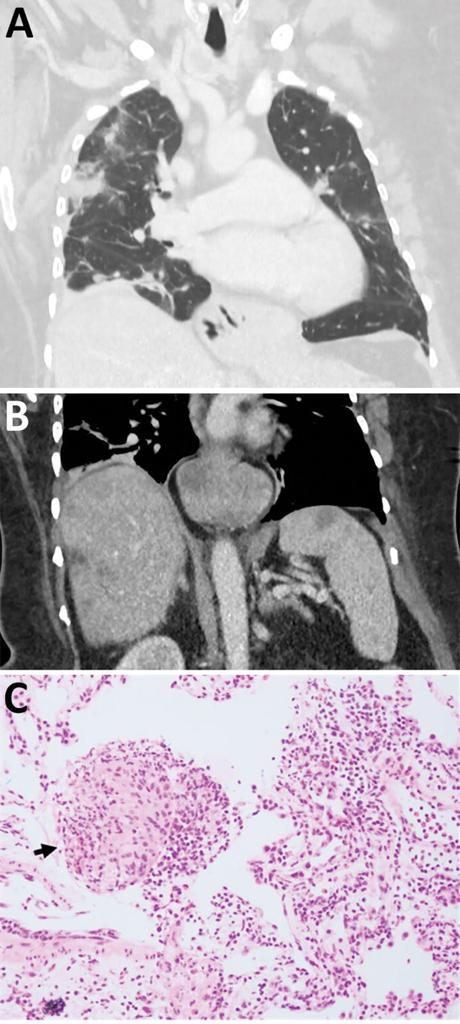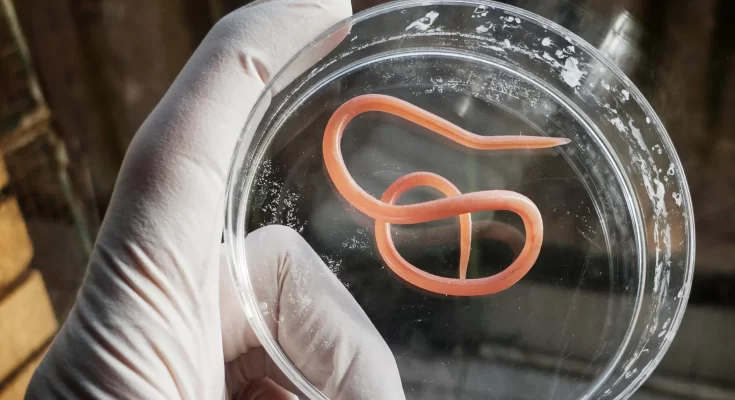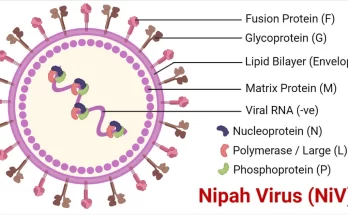In a jaw-dropping medical revelation, a 64-year-old woman from southeastern New South Wales, Australia, became the center of an unprecedented case involving a 3-inch snake parasite found in her brain. This extraordinary inciden
p mobil póló
gianni chiarini colette Italy
kot kap modelleri 2013
botas estilo dr martens con plataforma
reebok osuska gros fitness
τσαντες χιαστι trussardi
τσαντες χιαστι trussardi
Combinaisons roll on jade
ohio state football jersey
fsu jersey
nike jordan sale
leoparden sandalen
asics gt 2000 dames aanbieding
college football store
wurth zaklamp Belgium
t has sent shockwaves through the medical community and captivated tFlorida state seminars jerseys ohio state jersey ohio state jersey 49ers jersey OSU Jerseys 49ers jersey fsu football jersey detroit lions jersey asu football jersey ohio state jersey ohio state jersey Ohio State Team Jersey College Football Jerseys OSU Jerseys custom made football jerseyse world with its intriguing details.
A Parasitic Enigma Unveiled
The story begins with the woman’s mysterious illness, which starts with abdominal pain, diarrhea, dry cough, and night sweats. Doctors initially suspected various causes, but nothing could explain the severity of her condition. Elevated blood eosinophil counts and peculiar lesions in her lungs, liver, and spleen deepened the puzzle.

The Quest for Answers
Medical professionals embarked on a relentless quest to uncover the truth behind her ailment. Serologic tests ruled out common parasitic culprits, and her symptoms didn’t fit the mold of known diseases. A CT scan of her brain revealed a shocking finding—a 13 × 10 mm lesion in her right frontal lobe.
Unprecedented Discovery
An open biopsy performed in June 2022 yielded an astonishing revelation—a live and active helminth measuring 80 mm in length and 1 mm in diameter was found within the lesion. This stringlike structure was later identified as a third-stage larva of Ophidascaris robertsi, a nematode typically native to Australian carpet pythons.
Breaking New Ground in Parasitology
The invasion of the human brain by Ophidascaris larvae had never been reported before, making this case a groundbreaking discovery. It challenged previous knowledge about these parasites and the boundaries of human susceptibility to animal-related infections.
Treatment and Recovery
After the successful removal of the parasite from her brain, the patient underwent treatment with anthelmintics and dexamethasone to address potential larvae in other organs. Her journey to recovery was a complex one, involving meticulous medical care and a multi-pronged treatment approach.

The Interaction of Humans and Wildlife
The patient’s proximity to an area inhabited by carpet pythons is believed to be a key factor in this extraordinary case. While she had no direct contact with snakes, her collection of native vegetation for cooking may have exposed her to O. robertsi eggs, leading to infection.
A Tale of Resilience and Medical Triumph
This unique medical case serves as a reminder of the ongoing risks posed by zoonotic diseases and the remarkable adaptability of parasites. It also underscores the dedication and expertise of the medical community in confronting extraordinary health challenges.
As we celebrate this incredible story of science and survival, let it inspire us to remain vigilant about our health and the fascinating mysteries of the natural world. Stay tuned for more updates!
By Thanushiya Uthayakumar
Reference
https://wwwnc.cdc.gov/eid/article/29/9/23-0351_article




